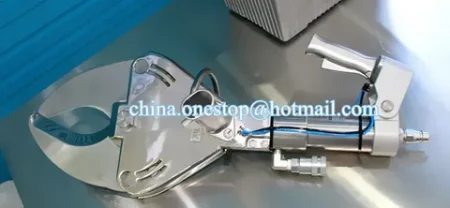The charm of retro aesthetics never truly fades. From classic arcade games to vintage computer graphics, pixel art continues to evoke a sense of nostalgia that appeals to both seasoned artists and digital enthusiasts.
In today’s creative world, technology makes it easier than ever to turn personal photographs into pixelated art pieces that capture this old-school magic. By blending modern photography with a retro art style, the result can be both visually intriguing and emotionally meaningful.
Embracing the Nostalgia of Pixel Art
Pixel art’s appeal lies in its simplicity and its ability to convey emotion through limited detail. Decades ago, early video game graphics relied on small blocks of color to represent characters, landscapes, and objects. These visual constraints gave rise to a distinct artistic style that has now become iconic.
When a personal photograph is transformed into pixel art, it connects the familiarity of a cherished moment with the playful charm of a bygone digital era. This fusion creates artwork that feels both personal and timeless.
Capturing Personality through Simplified Detail
Unlike high-resolution images, pixel art distills a subject down to essential shapes and colors. This reduction removes distractions and allows the core of the image to shine. Faces, for example, become minimal yet expressive.
Landscapes transform into geometric compositions that still retain their recognizable character. The process reveals how much emotion and narrative can be carried in an image even when detail is intentionally reduced. It is this balance between simplification and recognition that makes pixelated portraits and scenes so compelling.
Using Tools to Create Retro Pixel Art
Modern tools streamline the process of transforming photographs into pixel art. Photo Pixelator is one such example, offering a straightforward way to convert a high-resolution image into a grid of colored blocks. The technology analyzes the original image, simplifies the color palette, and maps each pixel to create the retro effect.
For many, this process is both a creative and meditative activity, as it invites focus on the structure and balance of an image in a new way. Additionally, these tools allow for experimentation, enabling users to adjust scale, color saturation, and block size for different visual impacts.
Bringing Digital Creations into Physical Form
While pixel art often exists in the digital realm, it can also be brought to life through physical mediums. Printed pixelated portraits, mosaic wall hangings, and even bead or brick art recreate the retro style in tactile form.
Displaying such artwork in a home or studio blends modern décor with nostalgic charm. The process of transferring a digital pixel design to a physical medium can also enhance the connection to the piece, as it becomes a crafted object rather than a purely digital file.
Incorporating Pixel Art into Contemporary Design
Pixelated photographs are not only artistic but also adaptable to various creative projects. They can be integrated into social media graphics, used in album or book covers, or applied to merchandise designs.
In a world saturated with high-definition images, pixel art stands out as unique and eye-catching. Its distinct aesthetic often resonates with younger audiences familiar with retro gaming culture, as well as with older generations who experienced early digital visuals firsthand.
Preserving Memories with a Playful Twist
The beauty of converting personal photographs into pixel art lies in its ability to preserve memories in a playful, unconventional way. Instead of storing images in a photo album or digital gallery, turning them into retro-inspired pieces offers a fresh perspective.
A family portrait rendered in blocky pixels can capture the warmth and familiarity of the moment while also inviting curiosity and conversation. In this way, pixel art not only keeps memories alive but reimagines them through a creative lens.
Transforming personal photos into retro-style pixel art is more than a simple design experiment—it is a bridge between the past and present, combining the precision of digital tools with the emotional resonance of nostalgic imagery.
Whether kept as digital files or crafted into physical artworks, pixelated images offer a distinctive way to revisit cherished moments. In an age where clarity and resolution often dominate, pixel art reminds us that beauty can be found in simplicity and that sometimes, less detail can tell a richer story.










